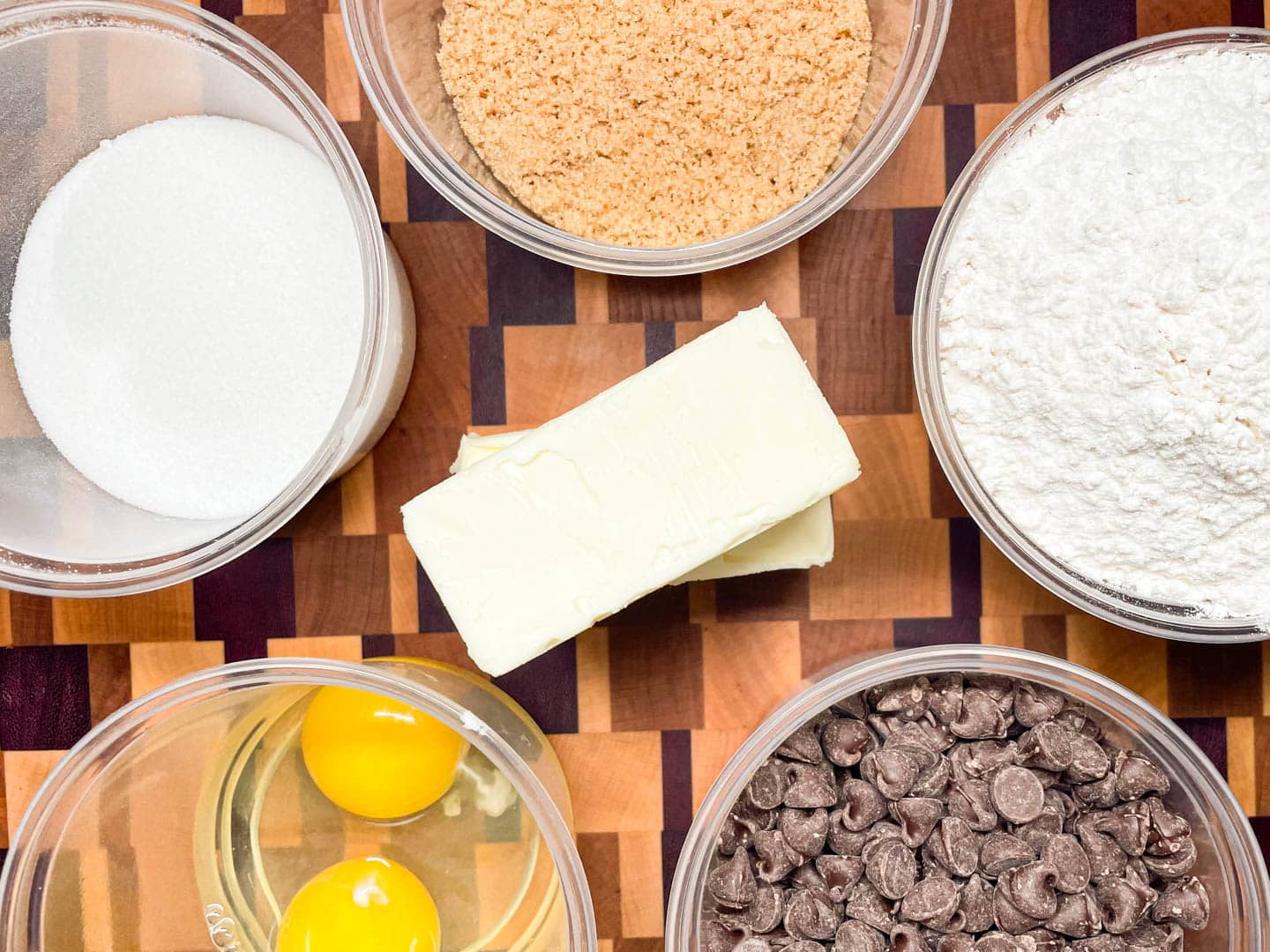
This post may contain affiliate links. Please see my full disclosure for details.
Hi Bold Bakers!
NOTE FROM GEMMA: Bold Bakers, let me introduce you to Ben — also known as @BenjaminTheBaker with almost half a million followers on TikTok — who is a school math teacher here in California and a baker with years of experience in and out of legit bakeries. I have tapped him to bring you in-depth articles about the science and the why of baking, two things that I touch upon but can never get around to going deeper. Ben has chosen this as his first article and it’s perfect for this time of year! Without further adieu, here he is to teach us about How To Cream Butter And Sugar For Cookies and why it’s such a necessary step…
In a large mixing bowl, add all the ingredients. Mix until a dough forms. Scoop onto a prepared baking sheet. Bake at 350° F for 9 – 11 minutes or until…
…wait, that’s not how it goes. No recipe starts like that. But why not?
I can’t be the only one who has imagined what if. What if I just put all the ingredients in the bowl and started mixing? Stopped when everything came together and put it on a tray and baked it? Yes, I know the rules. Cream the butter and sugar until light and fluffy. Add the eggs one at a time. Mix in dry ingredients until just combined. The rules I always followed.
Until yesterday. Yesterday, for the sake of experimentation, I did it. I threw everything in a bowl, mixed, and baked. The results: bad. My cookies were flat and uneven. They bordered on burnt and underdone at the same time. The texture was way off.
In order to get the delicious cookies we all crave, you need to use the creaming method.
What’s the creaming method?
Pick your level of experience and read more about the what’s and why’s of the creaming method. Each portion is broken down into three major steps: creaming the butter and sugar, adding eggs, and mixing in the dry ingredients.
How To Cream Butter And Sugar For The Beginner Baker:
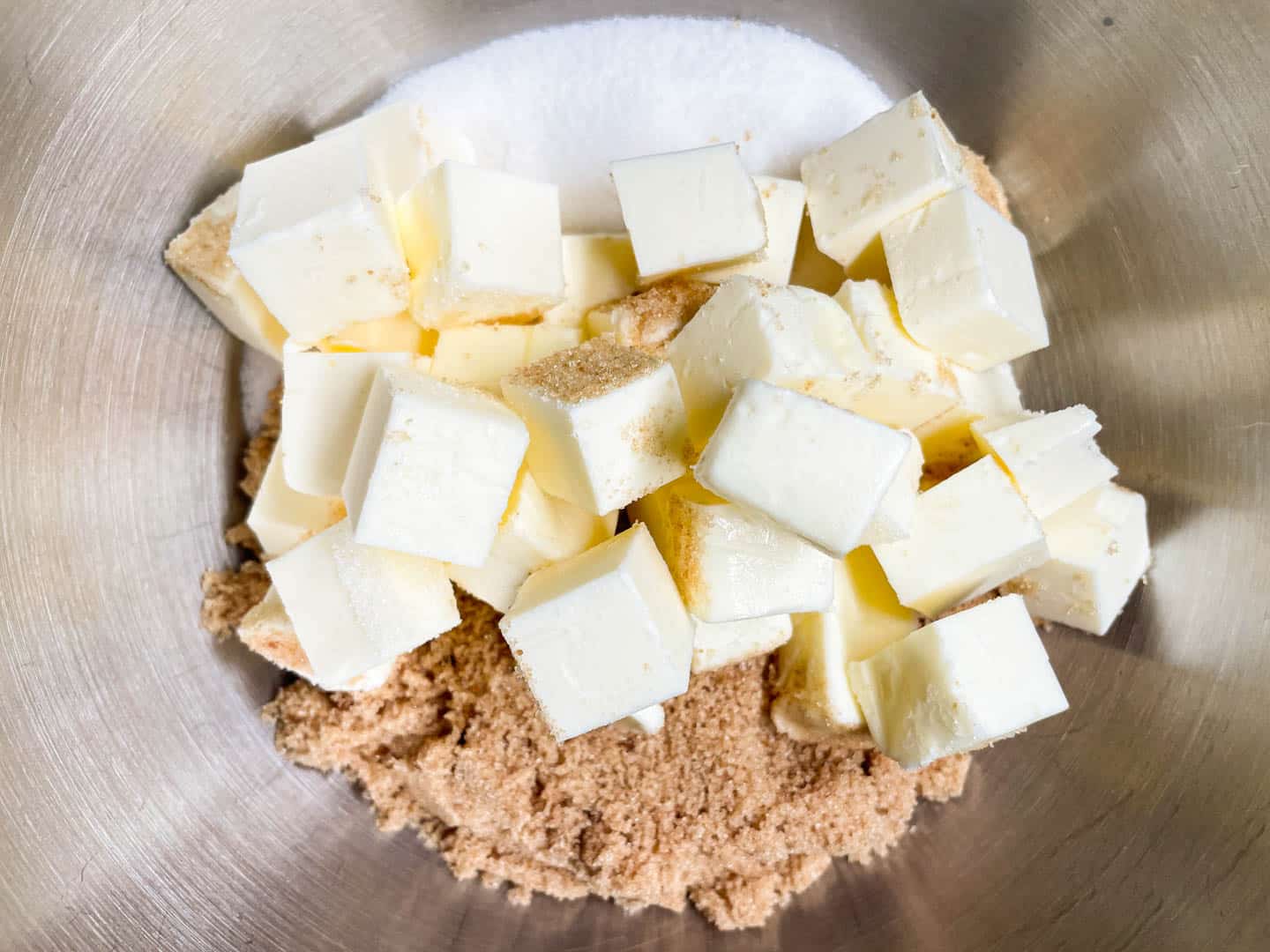
Butter And Sugar
Air is the key at this point in the process. The whole reason we are mixing the butter and sugar together is to incorporate air. As the butter and sugar are pushed against the sides of the bowl, sharp sugar crystals tear small holes into the butter. These holes trap air and allow the mixture to increase in volume and lighten in color.
In order to allow the butter and sugar to interact in this way, your ingredients should be at room temperature. Too soft and the sugar just melts into the sugar. The cookies that result are dense and chewy.
How long? At the end of mixing, the butter and sugar should be indistinguishable from each other. The sugar crystals should no longer be visible and the mixture will have lightened in color. Using a stand mixer will take around 5 minutes. By hand, it will take longer. It is possible to over cream, but you are much more likely to underdo it. In the end, the volume of your mix should have increased by about half, and you are ready for the next step.
Eggs
Just as with butter, your eggs should be at room temperature. Take them out of the refrigerator at the same time as you take out your butter. The name of the game here is to have everything be at the same temperature so everything mixes well together. Adding the eggs one at a time gives the time and space to allow all that liquid to mix with the fat and sugar. Too quickly and the fat would sit on top of the liquid — like an iceberg in the ocean.
[Looking for Egg Substitutes? Find Gemma’s guide here!]
Dry Ingredients
Add the dry ingredients and mix just until you can’t see any dry flour. If you are adding chocolate chips or some other add-in, stop mixing a little bit early and add those before finishing to the “no dry flour” step. At this point, you want to mix as little as possible. Once adding the flour, you run the risk of developing gluten. The stretchy, elastic web is great for bread but can make for a tough cookie with a chew similar to bubble gum.
For The Experienced Baker (Who Has Been Making Cookies For Years):
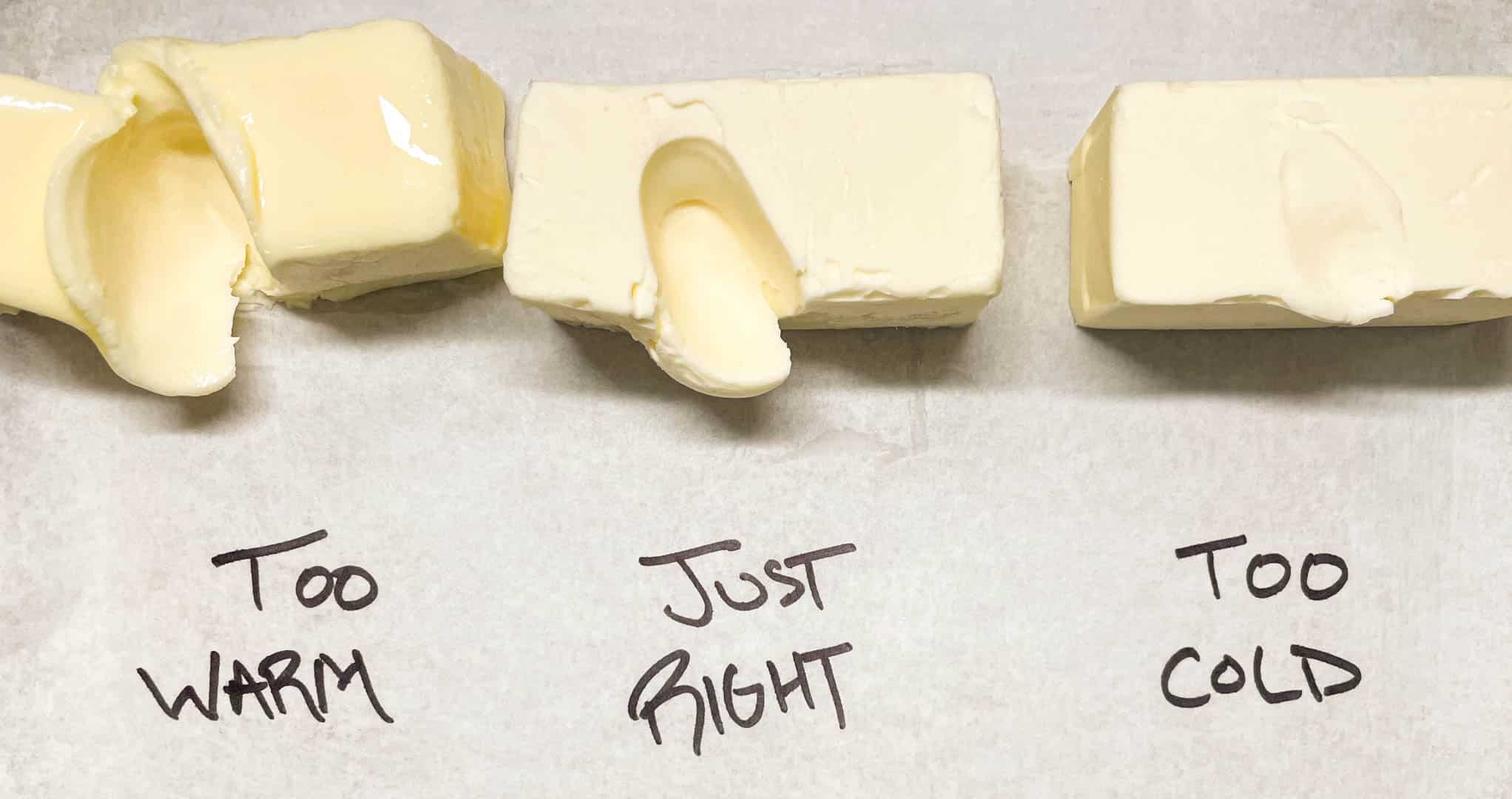
Butter And Sugar
“Room temperature” isn’t very scientific or specific. My room? Your room? What season? The truth is: small variations in temperature do make a big difference in butter’s ability to stretch and hold on to the air from mixing. The best temperature: 65°F. You know you’re at the right temperature when you push the butter and it makes an indent, but your finger doesn’t easily squish right through. Better yet, use a thermometer. Starting with 65°F butter, mix until the butter and sugar have increased in volume by about half. The mix should be lighter in color, and you should no longer see the sugar crystals. Using a stand mixer will take just about 5 minutes.
Here’s what I mean:
@biggerbolderbaking Thanks @benjaminthebaker for showing us how butter temperature affects cookie texture! He’s a baking science whiz! #cookies #bakingscience #baking
Eggs
We’re creating an emulsion. Just like any great emulsion (mayo, hollandaise, etc.), it has to be done slowly and methodically. Fat and water don’t like to mix, but in the presence of an emulsifier, they will get along. Luckily, eggs have just the thing we need. Egg yolks contain an emulsifier called lecithin that bonds with both water and fats, bringing the two together into a homogenous mixture. When flooded, though, the emulsifiers can’t do their job. Instead, we end up with a broken emulsion: a mixture with large or small globs of fat floating around in liquid:
Dry Ingredients
You may not realize it but butter is about 15% water and whole eggs are about 75% water. When wheat flour starts interacting with all that water, gluten is bound to form. There are two proteins in flour – glutenin and gliadin – that form gluten when hydrated. Mix flour and water and let it sit out for a few hours and all of a sudden, the dough can stretch without breaking. Mix that same flour and water together and the stretching is only accelerated. All the fat and sugar in cookies will prevent some of that over-time gluten development, but over mix and all the fat and sugar can’t prevent that gluten from forming (just look at a brioche dough).
For The Advanced Baker (Who Has Made Many, Many Cookies):
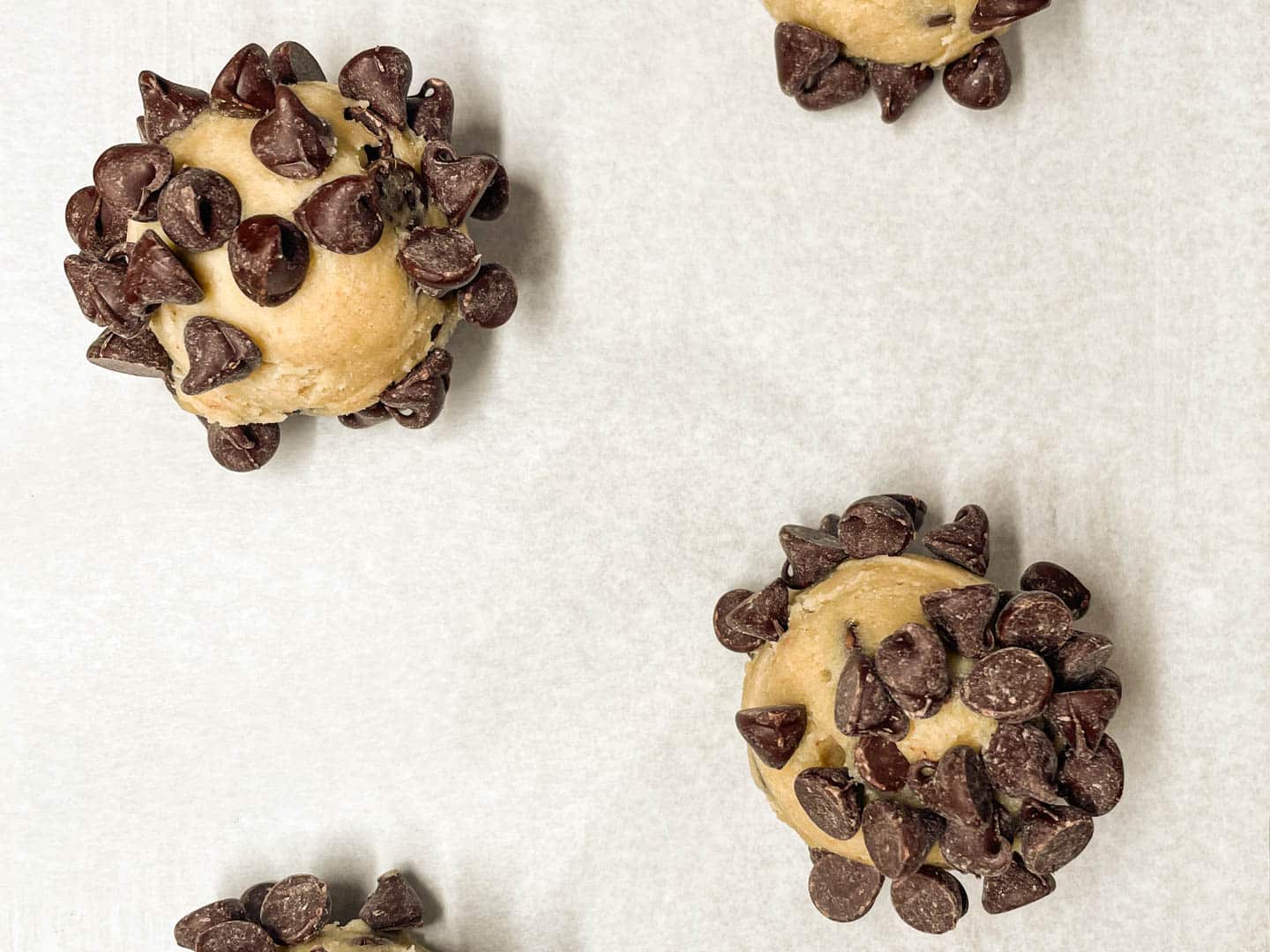
Butter And Sugar
We know the rules, so let’s break them a little bit. The ideal temperature for creaming butter so that it has the plasticity necessary to trap pockets of air is 65°F, but sometimes we forget. The butter is in the fridge, and we need to start making the cookies now. We are faced with two options: the microwave or just mix it in and hope for the best. The microwave will almost always melt the butter too much and unevenly.
Rather than just hoping for the best, cut your cold butter into small cubes and mix it right in. Yes, it’s too hard now, but as you mix, you have the benefit of a gentler heater: friction. As the butter and sugar are pushed against the sides of the mixing bowl, friction will heat it up ever so gently. You will need to scrape down the bowl every few minutes and increase your mixing time (I like closer to 8-10 minutes depending on the temperature of your room), but it will work out perfectly fine with no noticeable difference compared to the butter that started at 65°F.
Egg
Adding the eggs too quickly or too cold will result in a broken emulsion. Small or large clumps of fat floating in a sea of liquid. Adding the flour will give the appearance of bringing the emulsion back together, but it, unfortunately, will not. This may actually not be a big deal for cookies, as they don’t rely on a super light, fluffy texture. When it comes to cake, though, this error will prove much more problematic.
Dry Ingredients
My ideal cookie has a crunchy edge and chewy center. More mixing can lead to unpredictable results, but get a little bit more of those gluten-y benefits by subbing out some of your all-purpose flour with bread flour. Bread flour is higher in protein content and specifically those two proteins (glutenin and gliadin) that form gluten. I like half AP and half bread flour for best results.
Get More Cookies!
Have you seen Gemma’s two new cookie lists? Check out The Top 10 Classic Christmas Cookies and the Top Holiday Cookies of 2021!
And don’t forget to buy her Bigger Bolder Baking Cookbook — it makes the perfect gift!
Plus, SUBSCRIBE NOW to the Bold Baking Academy for exclusive in-depth baking courses, The Baking Concierge™, and the Bold Baking Academy Community!
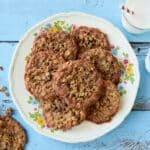
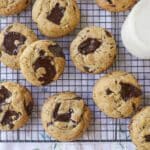

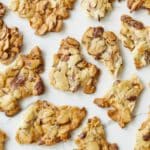
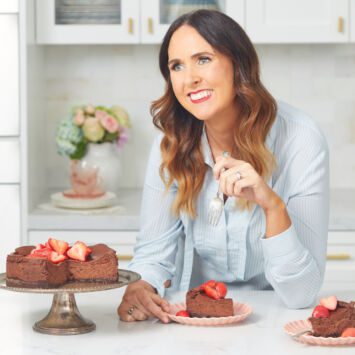

What about warming the eggs in warm water?
Best article I have read on the science of baking! Kudos to you Ben and thanks to Gemma for facilitating an outlet!
Thank you for this; I’ll stop my shortcuts now that I understand 🙂
Great article. I love knowing the why’s!
Hi Gemma! When it comes to creaming sugar & butter at room temp. with hand held mixer how long would need to mix for? I have done it for 3 mins. Speed level was at 4. I have also put butter in a microwave for like 5 secs on both sides just to soften. It works but it’s kinda melty. Can that have affect the cookie dough cause the butter wasn’t at its room temp it was past it? I have also had my butter near my ovens hot spot it does bring it to room temp but that still… Read more »
is the wording “broken emulsion” the same as “split”. I’ve heard the term “split” but can’t find any info on that.